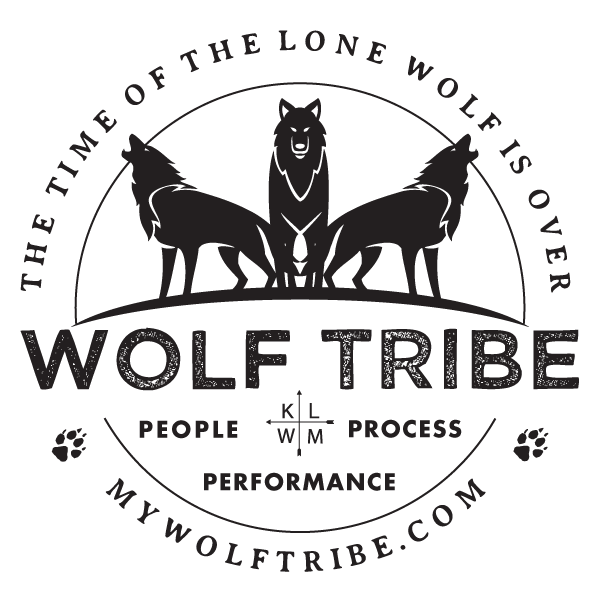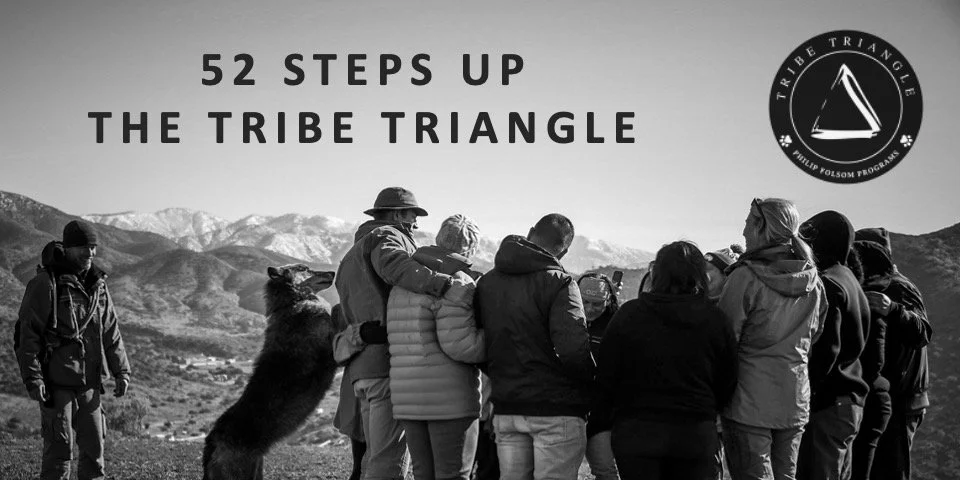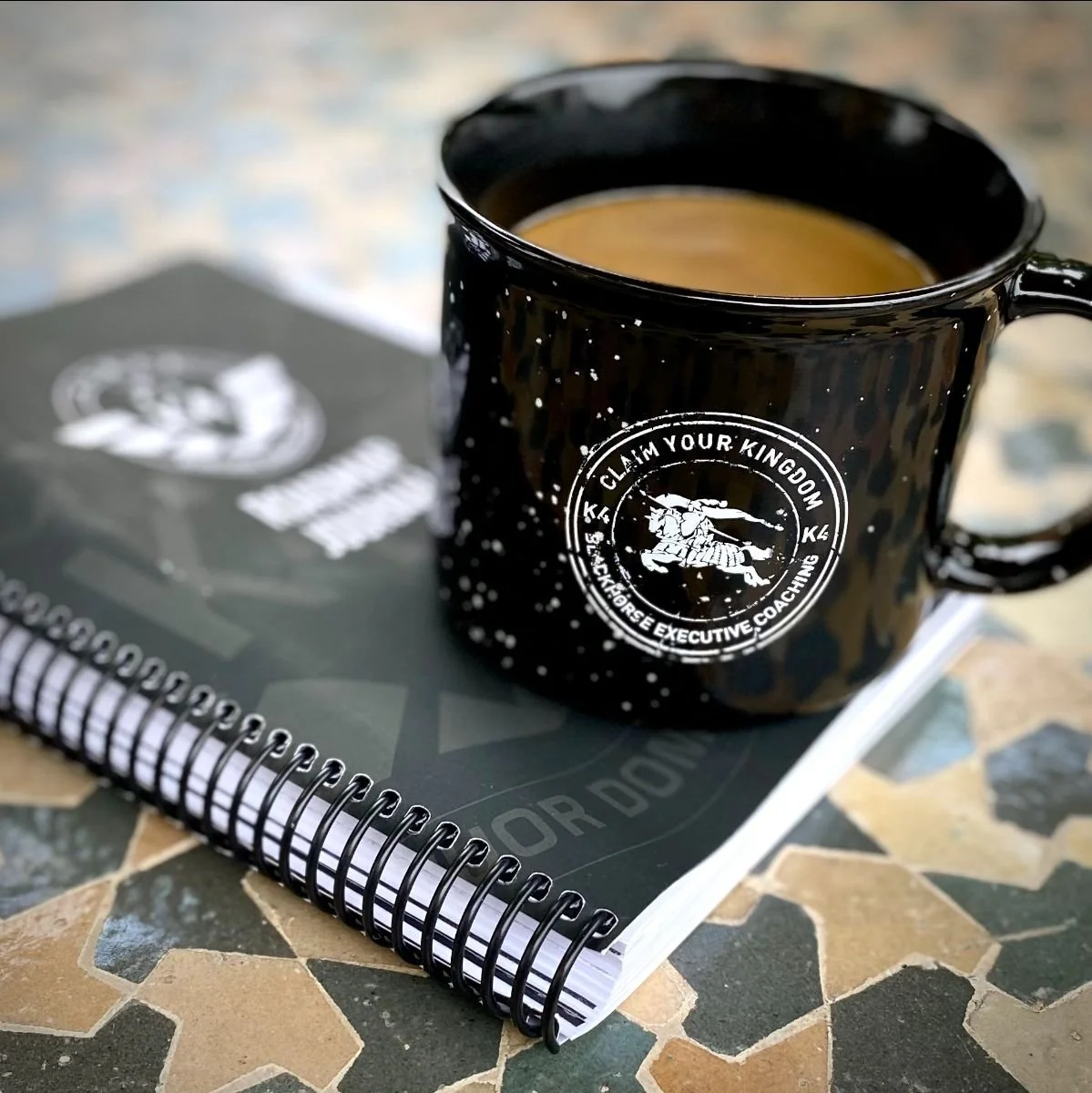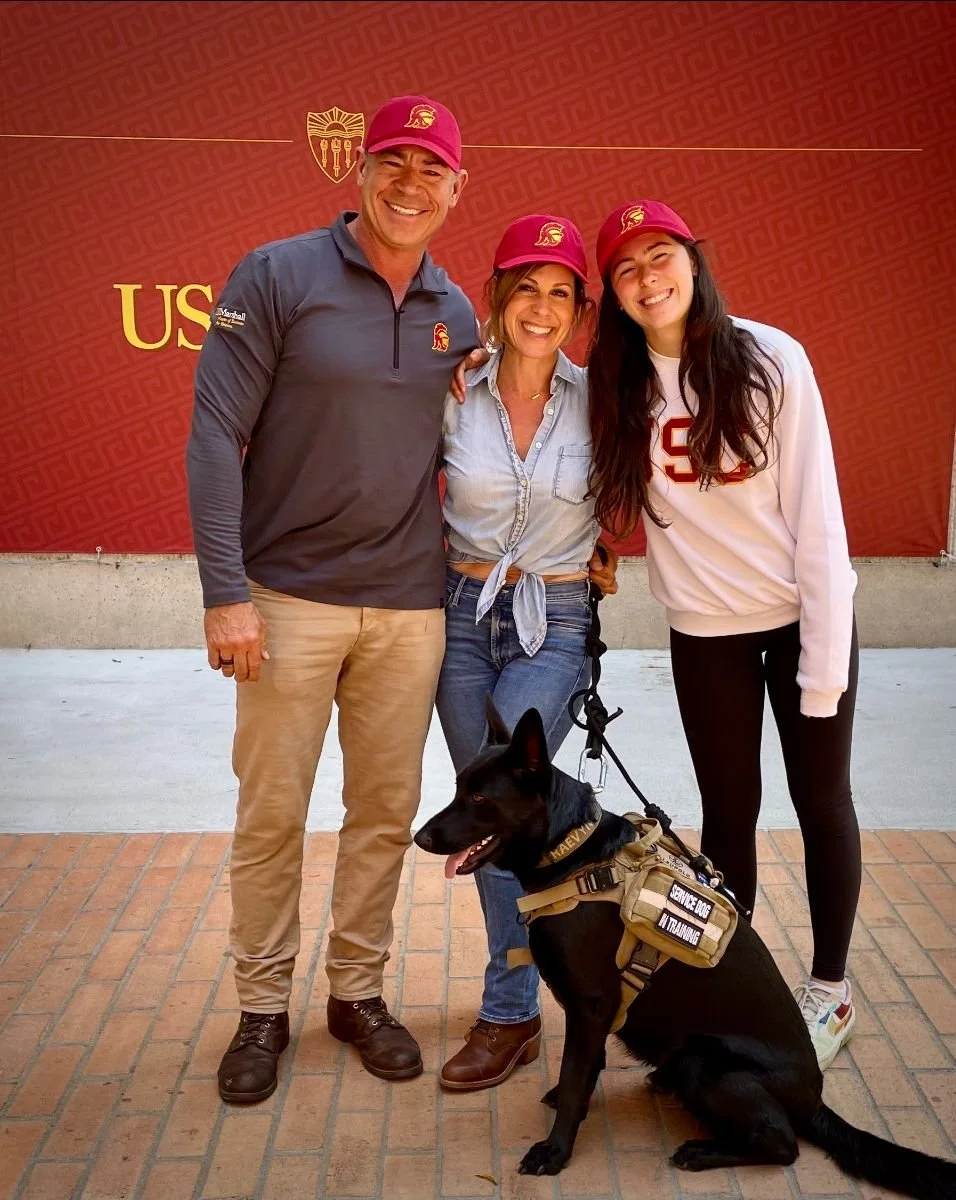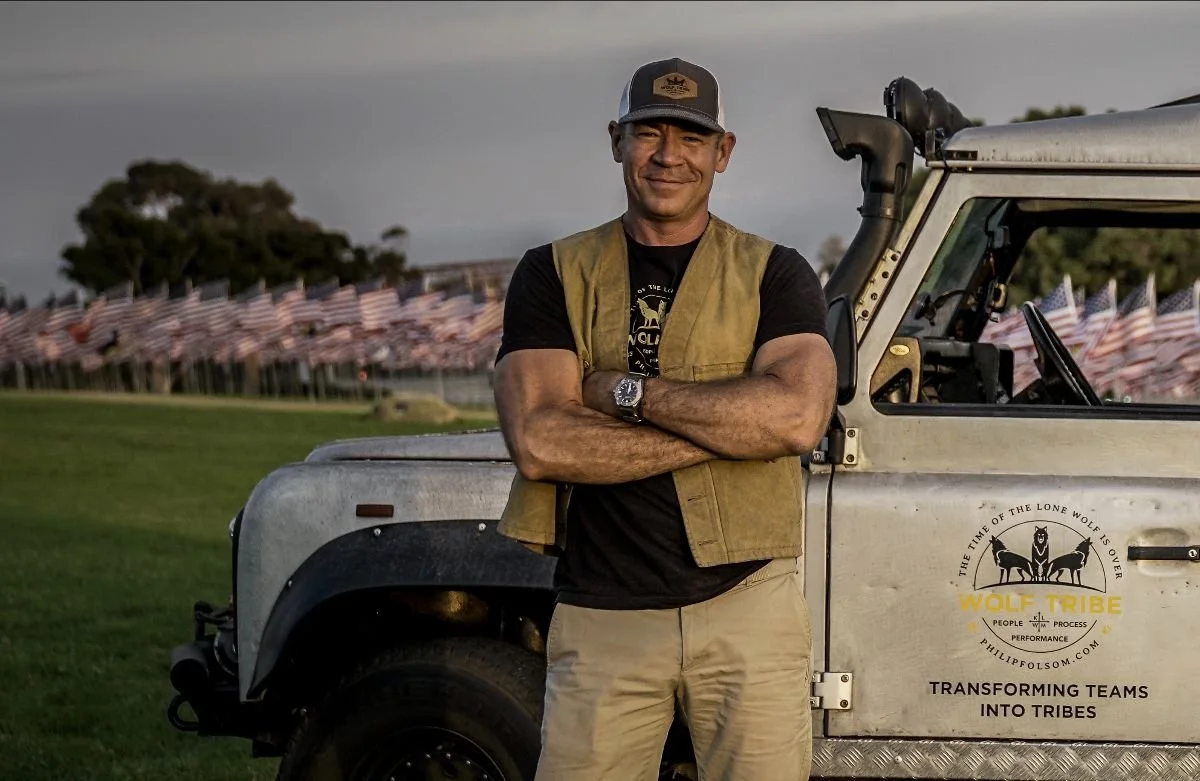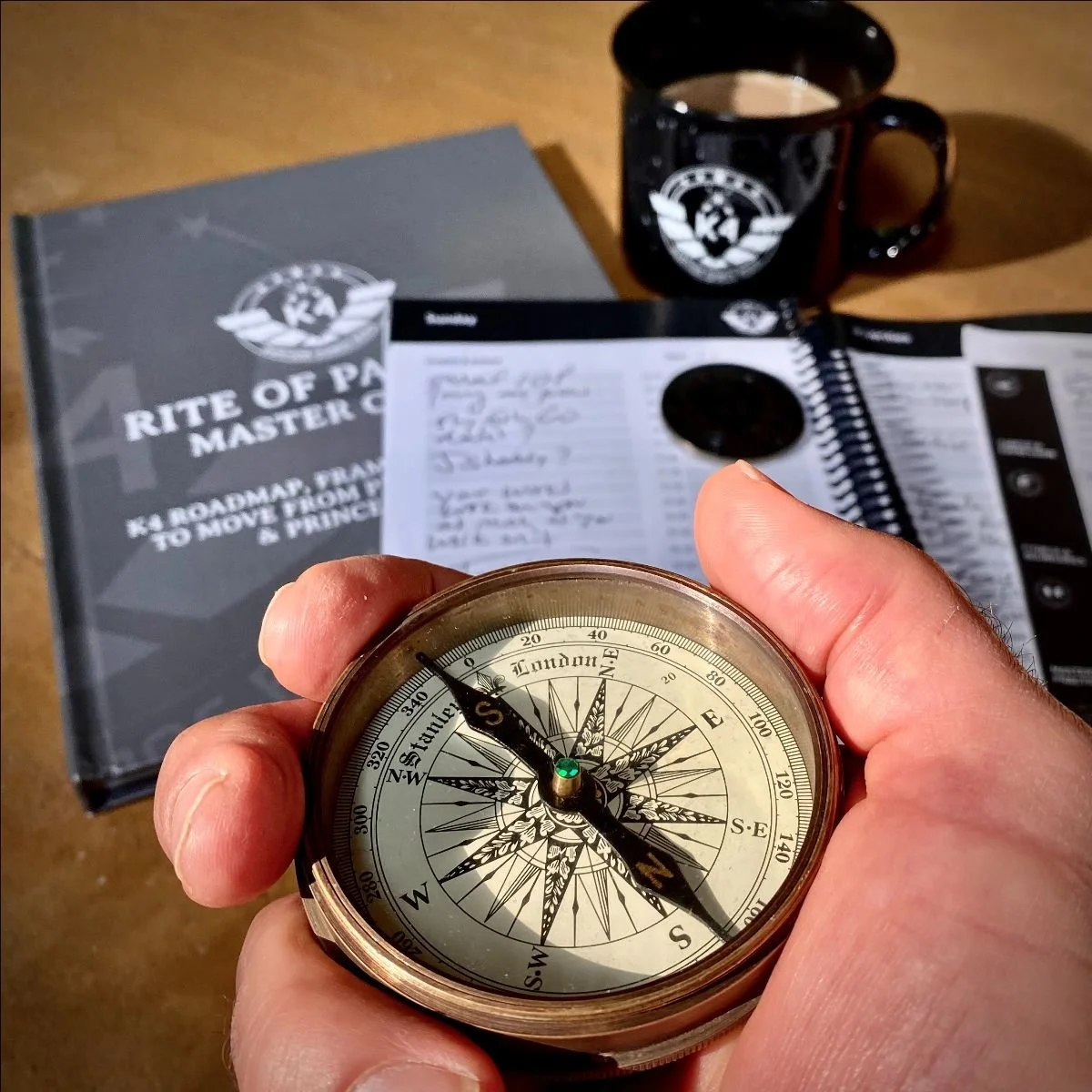Step 11 Up the Tribe Triangle: Your brand is not your logo it is your REPUTATION
Steve Forbes said, “Your brand is the most important investment you can make in your business.” This is profoundly true and the cost of that investment is the energy you put into the building and maintaining of your Tribe Triangle foundation of alignment.
Ultimately, your brand is what you do and how you do it.
Your customers will never love a brand until your team loves it first.
Brand is not just an appealing logo, color or a slogan (although these can be part of a brand). What your brand actually is, is your reputation. There are few things of more long-term importance than that. Your reputation determines your individual and tribe destiny as much as character and values.
“Branding is the art of aligning what you want people to think about your company with what people actually think about your company. And vice-versa.”
-Jay Baer
Blackhorse executive coaching for men
https://www.k4men.com/
A brand is a name or symbol that distinguishes your tribe and your tribe’s products, services and possessions from others. The term ‘brand’ originated from the mark that is burned onto livestock to identify them from other cattle in the area. This was a practice used as far back as the ancient Egyptians over 5000 years ago and is still in use today. The term ‘brand’ has now expanded into a much larger context including identity and meaning.
Your brand is the banner that calls in your people, whether they be supporters, team members or clients. It is what they will rally around to conduct their lives. This is especially true for the hard and scary times when your people are threatened and uncertain about meaningful decisions.
The people who are attracted, then committed to your brand become members of your team or supporters of your team in the context of sports, causes and commerce. This is a function of affiliation and is powerful driver of tribe and identity. Think of the times you have seen or worn the logo of a sports team, car or other product. Ferrari is considered the world’s most powerful brand according to the Brand Finance organization. It's reach is vastly larger than the people driving their cars because it represents the three pillars of the Tribe Triangle foundation. What does the Ferrari brand say about an aspirational lifestyle vision, a set of clear values and a mission to work towards?
Brand is an act of visually proclaiming what you stand for and who you stand with.
People do business with other people (and organizations) they know, like and trust. Branding is the intentional act and art of becoming known, likable and trustable.
Brand contains all the 3 components of your foundation of alignment.
Vision -what aspirational experience or future do you stand for?
Value -what is your creed or slogan that dictates your code?
Mission -what do you actually do and how you do it?
3 types of brand: Company, Product and Personal
Company brand
Every successful organization has a brand. This is true for every company you can think of from McDonalds to the US Marines. Brand is a symbolic form of sharing complex information in a concise visual way. Think of how long it would take to explain the lifestyle vision, values and history of Ferrari. All that can be done in 1 second when you see that black stallion on that yellow shield.
The Ferrari logo is literally a coat of arms for the Ferrari brand. Not long ago, every family also had a brand such as a coat of arms that contained all the relevant information that company brands do now. Even the slogan that is a universal part of a brand or ad campaign had it's origin in ancient family crests which included a motto which was a short aspirational phrase that represented the family.
The motto of the US Marines is ‘Semper Fi’ which means ‘Always Faithful’ in Latin. Most of the organizational brands you can think of also have mottos, slogans or catch phrases. This short phrase can be a powerful addition to your company or family brand because it can convey your why, how and what in a more literal way than just a symbol.
Product or Service Brand
This is the individual product or service within a larger company brand. It is specific to that unique product or service but still part of the whole. Sometimes this is done by repurposing a well-known font (think Coca-Cola) or graphic (think of the hundreds of different versions of the Ferrari logo on different model cars or clothes). Again, regardless of the different versions of your brand across various products or departments they will all eventually meet the test of is the customer happy?
“You can’t build a reputation on what you are going to do.”
-Henry Ford
Personal brand
You have a personal brand already it just may not be intentional and defined. Remember, brand is reputation and your personal brand is the reputation of you.
Your brand is what other people think about you when they think about you.
What do you wear and how do you look?
How do you speak and write?
How do you act and what are your actual core values that drive those actions?
Brand is the reputation of your organization or family. Regardless of how aspirational, visually pleasing and well-intentioned your brand may be, it will eventually come to represent and symbolize what you do and how you do it. Your behavior will literally create the value of your brand in the same way it creates your destiny.
How you establish and maintain your Tribe Triangle foundation of alignment is an act of branding at the highest level.
Click here to watch the video of Step 11: Your brand is not your logo it is your REPUTATION
Leaders must write and speak
Answer these questions in your journal by really writing them down. Discuss them with at least one of your most important people and really listen to their response.
Ask 3 powerful allies you have what 3 words they would use when they think about you or talk about you to others. Ask for one of these words to be critical!
What is your Power Outfit that you feel the best in?
What is a short phrase or motto that embodies the energy of your family or team’s vision, values and mission?
Ubuntu,
Philip Folsom
